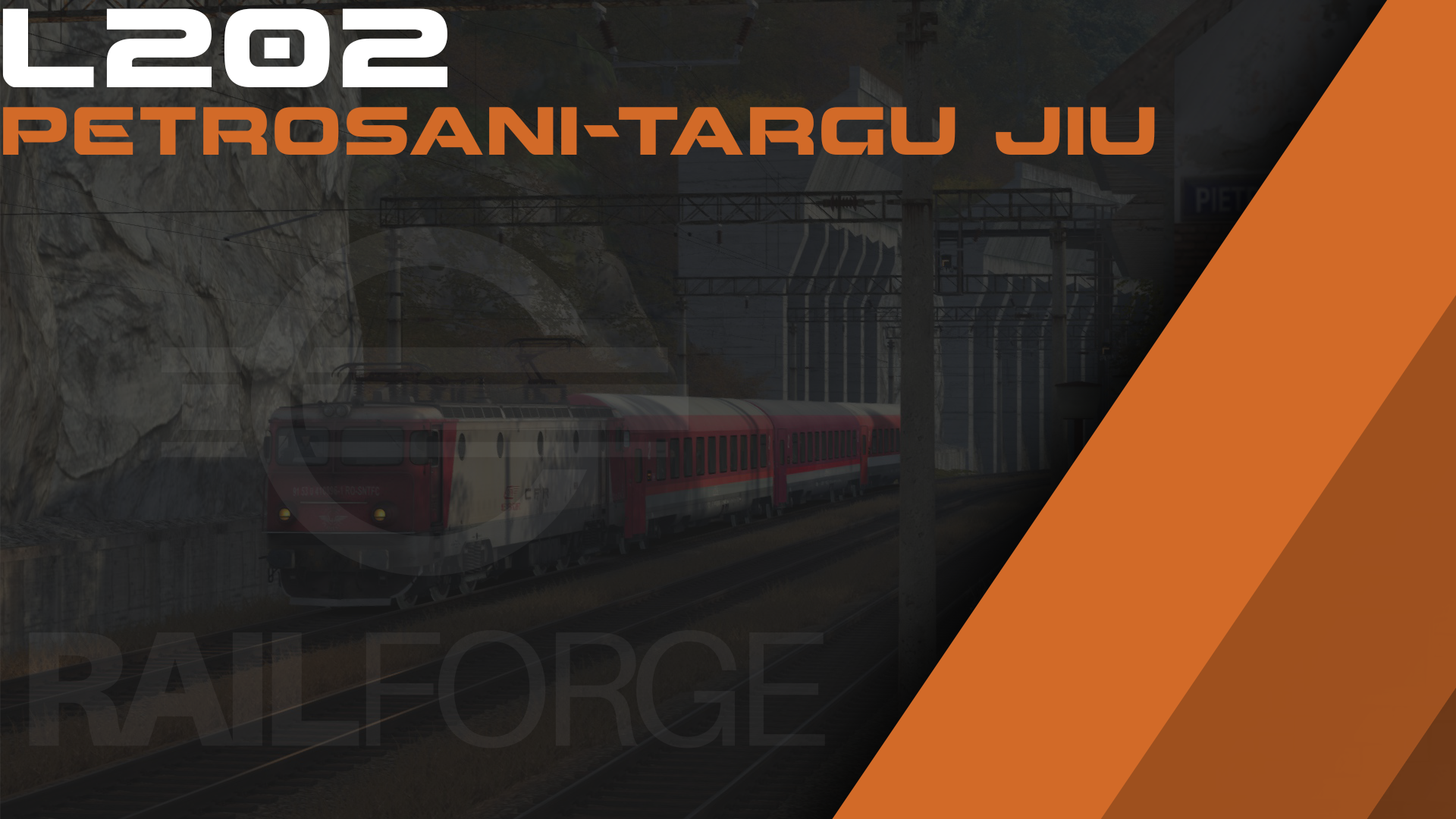EC 43-0041-4

The CFR Class 43, designated in technical inventory as 040-EC, is an electric locomotive built by Rade Končar of Zagreb, Yugoslavia (now Croatia), and operated by Cãile Ferate Române (CFR), Romania’s national railway company.
These locomotives were delivered to Romania during the 1970s and 1980s as part of a bilateral barter agreement: Romania exported 060-EA mainline locomotives (based on ASEA designs, built at Electroputere Craiova) to Yugoslavia, receiving two 040-EC locomotives in exchange for each 060-EA unit.
Technical Specifications
Builder: Rade Končar, Zagreb (Yugoslavia)
UIC Classification: Bo’Bo’ (four powered axles)
Power Type: Electric, single-phase AC
Electric System: 25 kV, 50 Hz AC (catenary-fed)
Power Output: Approx. 3400 kW (4 559 hp)
Max Speed: 120 km/h
Mass: 76t
The 040-EC was designed primarily for heavy shunting, yard operations, and short-distance train services on electrified lines. It features a central cab design with symmetrical control, allowing efficient bidirectional operation — ideal for switching duties and maneuvering in terminal stations. Though capable of 120 km/h, its true strength lies in traction at low speeds, making it a dependable workhorse in CFR’s electric fleet.
The locomotive uses conventional DC traction motors, robust transformers, and a straightforward mechanical layout, which made it easy to maintain and reliable in service conditions. Compared to mainline locomotives like the 060-EA, the 040-EC is significantly smaller and less powerful, but highly versatile for its intended roles.
During the Cold War era, Romania and Yugoslavia developed strong industrial cooperation. Romania’s Electroputere Craiova exported hundreds of 060-EA locomotives (which became Class 461 in Yugoslavia), while Rade Končar supplied Romania with 040-ECs. This exchange supported both countries’ electrification programs and contributed to their domestic rail modernization.























